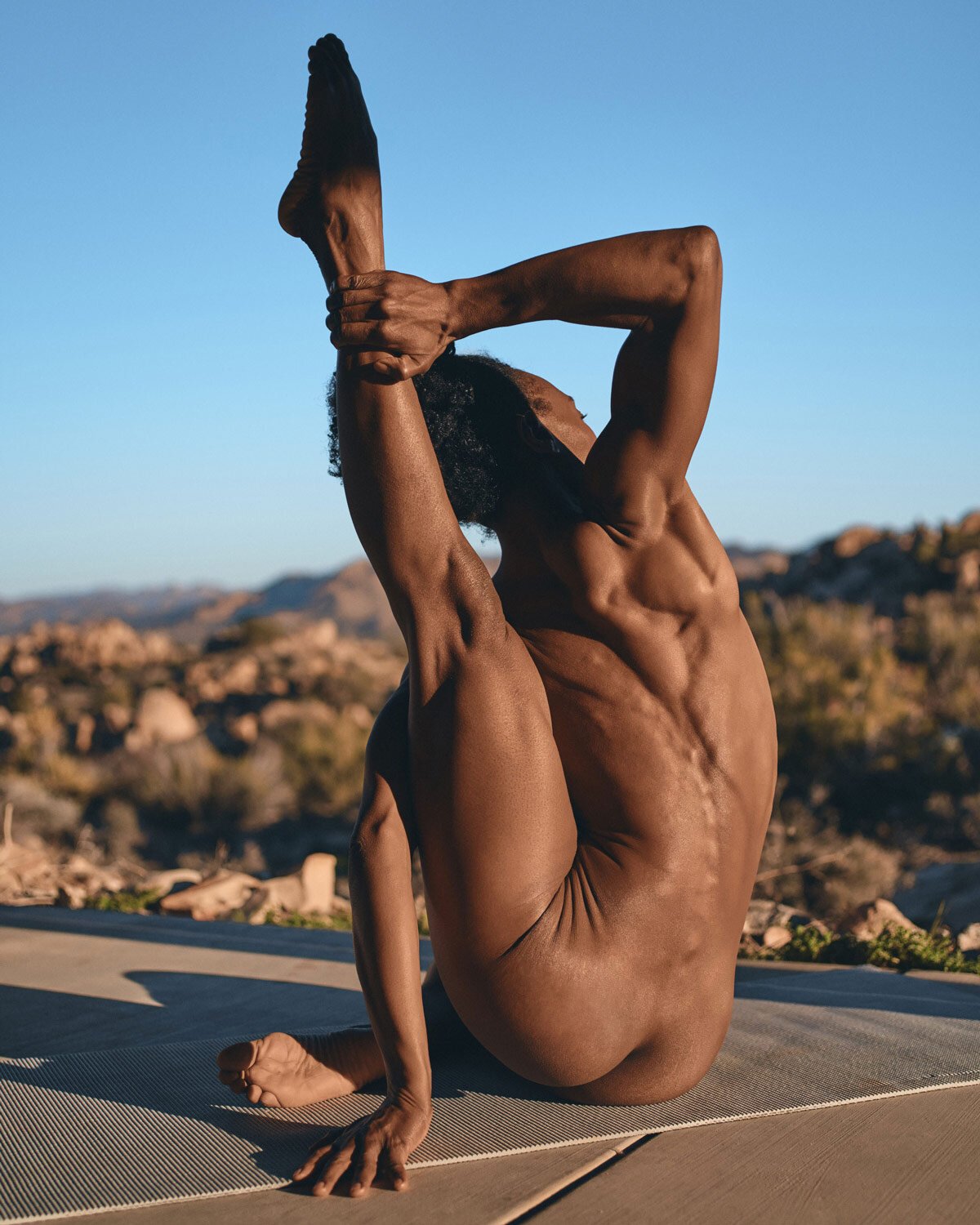How Yoga Enhances Flexibility and Freedom of Movement
Imagine effortlessly bending down to tie your shoelaces without any strain or attempting a graceful split that leaves everyone in awe. Flexibility isn’t just for contortionists—it’s a gateway to better posture, smoother movements, and reduced risk of injuries. And guess what? The ancient practice of yoga isn’t just about striking picturesque poses; it’s actually backed by science to be a fantastic way to ramp up your flexibility game. In this article, we’re diving deep into the science behind yoga’s magic for flexibility, shedding light on the incredible benefits it brings to your body’s agility and overall well-being.
“Your body’s flexibility isn’t all about how far you can push your muscles; it’s about how your nervous system lets you stretch without sounding the alarm bells.”
Yoga’s Impact On Stretch Tolerance
Your body’s flexibility isn’t all about how far you can push your muscles; it’s about how your nervous system lets you stretch without sounding the alarm bells. It’s like a friendly chat between your muscles and nerves, and yoga is the mediator. When muscles are stretched too quickly, they send a message to the brain that they may be in danger of injury, resulting in feelings of pain and discomfort as well as tightness that prevents stretching any further.
Yoga’s slow and steady stretches do more than just feel good—they help your nervous system gradually adjust its “stretch tolerance.” Think of it as telling your nerves, “Hey, it’s alright, you can relax!” Over time, your body becomes comfortable with more stretching, and your muscles get the memo to loosen up. In essence, yoga coaxes the nervous system into gradually adjusting to new levels of flexibility. Plus, the mindful breathing that’s a core part of yoga makes your nervous system feel grounded and calm, setting the stage for safe and effective flexibility gains.
Yoga & The Body’s Connective Tissues
Meet fascia, the unsung hero of flexibility. It’s like the cling wrap that holds your muscles and bones together, keeping everything in place. Yoga has the power to release the tightness and restriction of the fascia to enhance your range of motion.
Research shows that slow and consistent stretching, like the kind you find in yoga, can disrupt the fascia, which is actually beneficial to your body, as tight fascia can cause pain, stiffness, and mobility issues. With regular practice, fascia becomes more elastic and pliable, like a well-used rubber band. Holding yoga poses for an extended period of time gives your fascia time to adapt and remodel, leading to greater flexibility and upgrading your body’s capacity for movement.
Yoga’s Effect On the Joints
Your joints are those hard working hinges throughout the body that let you dance, run, and do cartwheels, essentially any movements that get you from point A to B. Over time, they can often become tired and worn out, and that’s where synovial fluid comes in. This essential fluid is like WD-40 for your joints, keeping them moving smoothly without any creaks or discomfort.
Yoga’s mix of gentle and dynamic movements increases the flow of synovial fluid around your joints, making them happier and more flexible. Studies even show that regular yoga practice stimulates more synovial fluid production, giving your joints an extra boost for maintaining flexibility and longevity.
Strong is the New Flexible
Flexibility isn’t just about limber muscles; it’s also about strong ones. Think of your muscles as the supporting framework that keeps your joints safe and helps your body move through life with stability and grace.
Yoga strikes a perfect balance between stretching and strengthening the muscles. Many yoga poses combine these effects, such as Warrior II, where the legs are being both lengthened and strengthened simultaneously. Building muscle strength helps you to not only achieve more difficult poses, but it also keeps your joints safer in stretched positions.
The Importance of Mindfulness
Flexibility isn’t just physical; it’s also a mind-body interaction. And in the same sense, yoga isn’t just about touching your toes; it’s also about being in the moment and connecting each breath to each intentional movement. Science says that yoga’s mindfulness, breath control, and relaxation techniques trigger what’s called the relaxation response. This flips the switch on your body’s stress response, making muscles more pliant and ready for some serious stretching. The relaxation response also decreases painful sensations, letting you hold those stretches longer and take your flexibility up a notch.
Unlocking flexibility through yoga isn’t just an ancient art; it’s rooted in scientific marvels that happen within your body. From its effect on the nerves, muscles, fascia, joints, and even the mind, yoga is an extremely effective means of achieving both physical and mental flexibility. So, whether you’re new to yoga or a veteran, the science-backed benefits of yoga for flexibility are undeniable. Join us today and try our 5-Day Flexibility Series to give you a full-body flexibility makeover! We’ll see you there.












